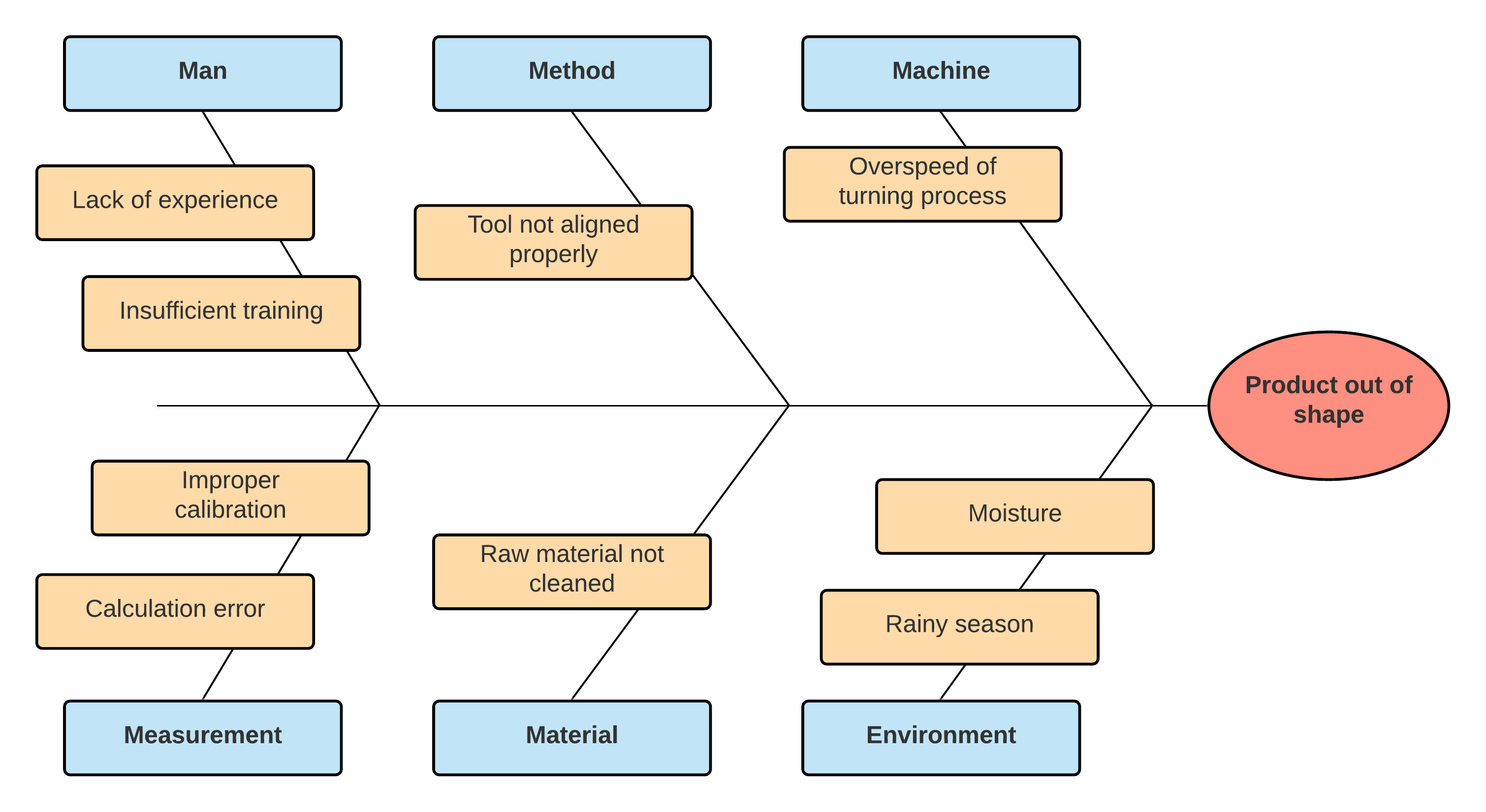Introduction
There are a good number of topics dealing with BA on the Internet and in bookstores. So, this article and those that are related to it, will not explain what BA is, but rather extract the essentials. Sort of a guide summarizing the major stages of a project, to determine what really matters and where BA can contribute its share of techniques and methods with the goal of improving decision making.
Where did the BA come from?
The BA is not a new profession that came into existence with the rise of all-digital. On the contrary, its techniques and methods have been used in project management for several decades. People working as BAs are often computer scientists or logisticians with titles like “Data Analyst”, “Consultant”, or “Coordinator”. Nothing new under the sun, then, except that all these professions now have the merit of a name that more and more companies recognize. It is the IIBA (International Institute of Business Analysis), which created it in 2005. So the title is not very old and is beginning to make a name for itself in Europe.
What is the purpose of the BA?
It allows companies to:
- Resolve problems.
- Take advantage of new opportunities.
- Improve their profitability by analyzing existing processes.
- Liaison between different stakeholders.
- Propose solutions that will achieve the goals set.
The BA is not a magic kit. Nothing is black and white. Everything depends on the situation, will be the best answer a BA can give. Nevertheless, to make a diagnosis, the BA will use techniques and methods of analysis.
Some key points for starting a business analysis
Initiating a project
A project always begins with writing a charter or roadmap that will contain the goals to be achieved and other useful information. This is the common thread of the project.
Identify the root cause problem
One of the first tasks in the hands of the BA is to identify the root cause. Whether it’s a problem in a process, computer software that doesn’t meet expectations, or a new customer opportunity, the BA is in charge of finding the root of the issue.
A good technique is to use a representation like the “fishbone” diagram to identify the root cause.

Identify needs
Another task of the BA will be to determine what drives a company to implement a project and whether pursuing that idea is a good decision. To do this, the BA will use elicitation techniques to communicate with the various stakeholders in the project. These can be the steering committee, employees, an outside company, a vendor, etc…
Scoping a project
Any project manager will tell you. Projects often go over schedule and blow budgets. To avoid this, there are scoping techniques that help structure a project properly and avoid drift. The appropriate term is “project’s creep”).
Write requirements and draw appropriate diagrams
Defining the requirements of a business is not enough to allow a project to come to life. A requirement is the decision to take an action to cover the need and thus achieve a goal. Writing a requirement in simple words that everyone understands is no small task.
Requirements are often accompanied with diagrams to support their understandings.
Recommend a solution (The business case)
As soon as a new project is taken on, an analysis of possible opportunities is performed. This is called a “Business case”. This case should help justify in time and money the feasibility of the project. The “Business case” must propose several possible solutions to an opportunity and recommend the best one. Be careful not to confuse the “Business case” with the “Business plan”, which is a global vision that a company thinks to have on the long term.
Implement, test and maintain the solution
The last step of a project is its implementation. One of the tasks of the BA will be to think about the planning of this implementation, the transition between the old and the new version as well as its maintenance. He may also have to plan a training plan, or even give the training courses himself.
Conclusion
As you can see, business analysis hasn’t invented anything new, but it does try to bring some structure to project management. Business analysis is mostly a matter of reading documents, analysis of course, and information seeking. The BA will have the onerous task of asking the right questions of stakeholders to understand business processes, presenting them, and communicating them to a group of people who will decide whether or not to pursue a project.
The following post on the topic of Business has been broken up into several topics. The next one will cover project planning.



